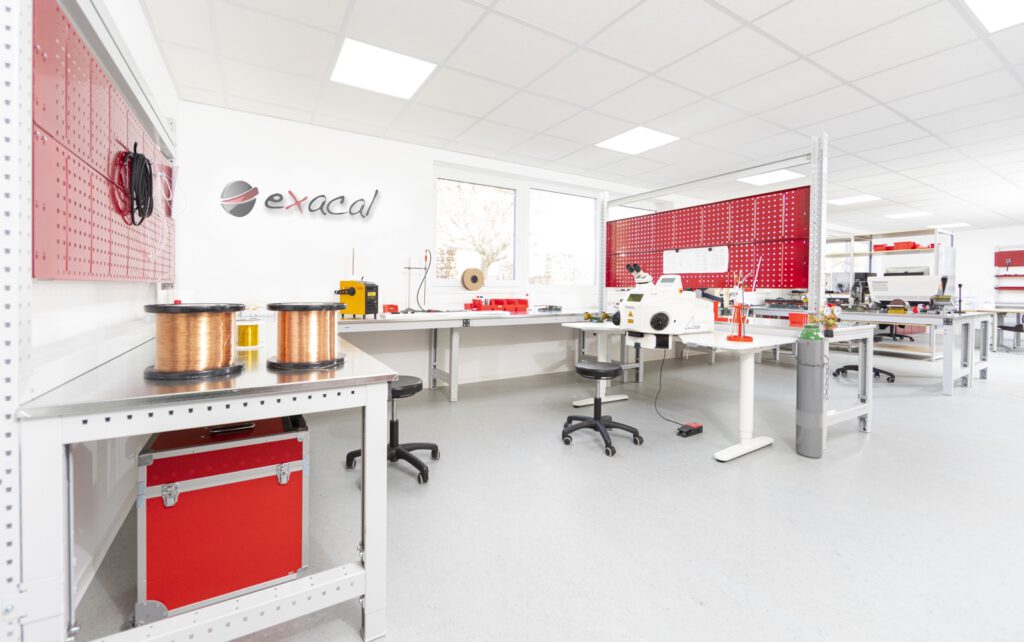-
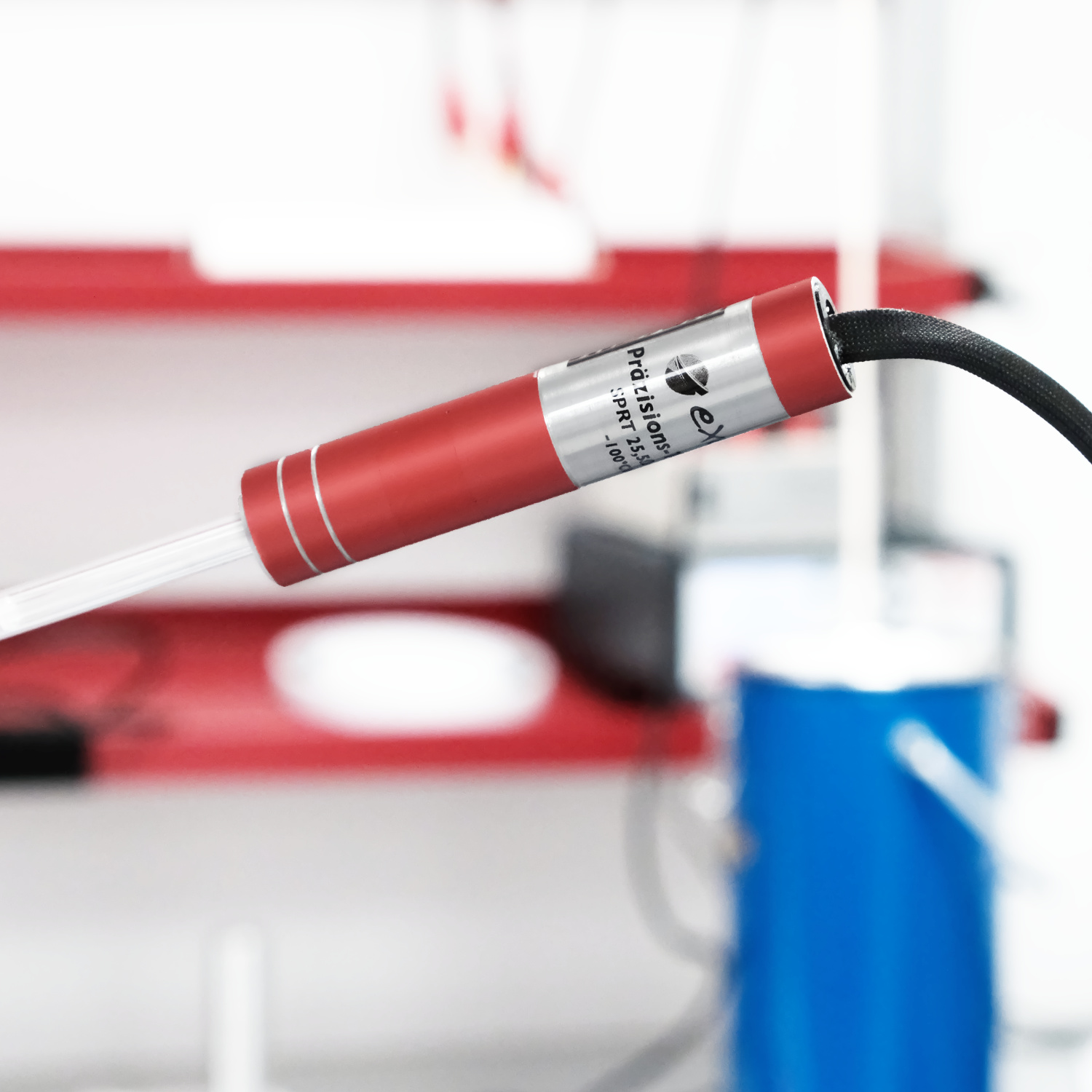
Standard Platinum Resistance Thermometers (SPRT)
Introduction Standard Platinum Resistance Thermometers (SPRTs) are highly precise thermometers that use the electrical resistance of platinum to measure temperatures with very high accuracy and repeatability. The International Temperature Scale of 1990 (ITS-90) uses SPRTs as an interpolation instrument to establish a globally uniform and reliable basis for temperature measurements and calibrations. What are SPRTs…
-
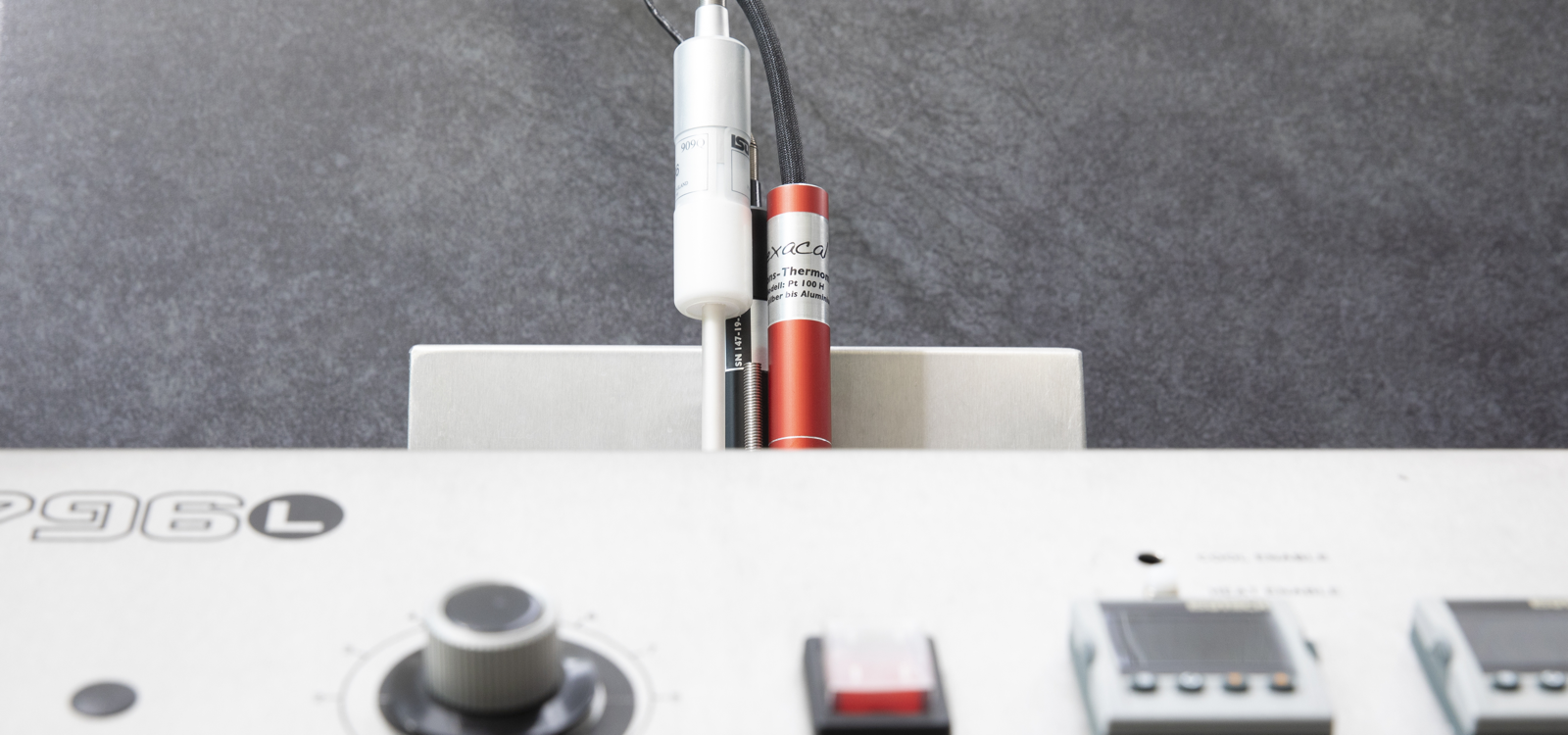
Thermometer Calibration
Calibrating thermometers is the process of verifying that a thermometer provides correct temperature measurements. This is done by comparing the thermometer’s readings with a reference standard (for example, a temperature fixed point) or a known temperature source (comparison calibration). The aim of calibration is to identify and, if necessary, adjust any errors or deviations so…
-
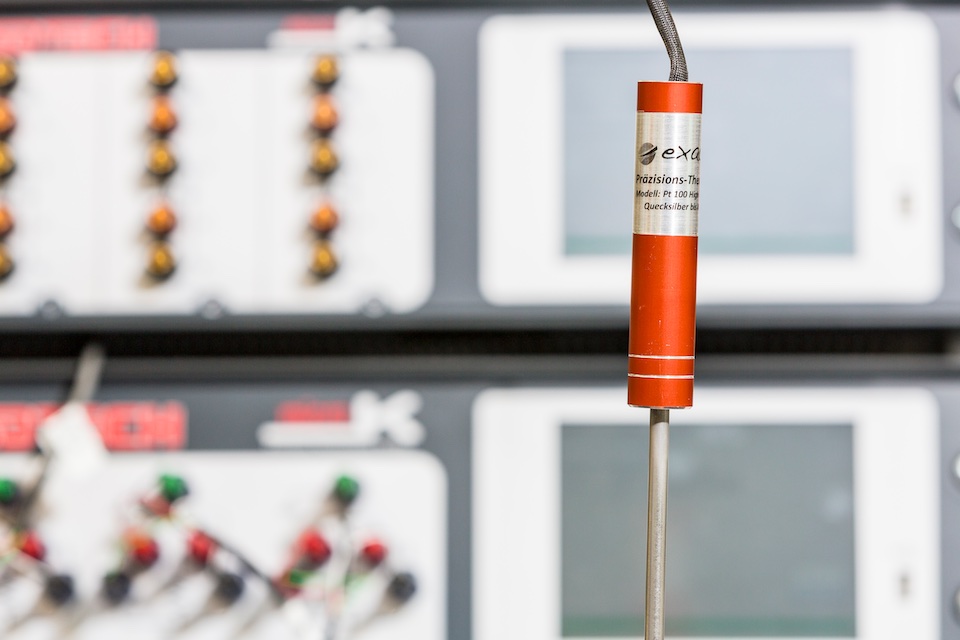
Resistance thermometer: Function and application
Pt100 resistance thermometers are precise temperature detectors that are widely used in a variety of industrial and scientific applications. Their principle is based on the variation of the electrical resistance of a platinum wire as a function of temperature. The “Pt” in Pt100 stands for platinum, the material the wire is made of, and the…
-
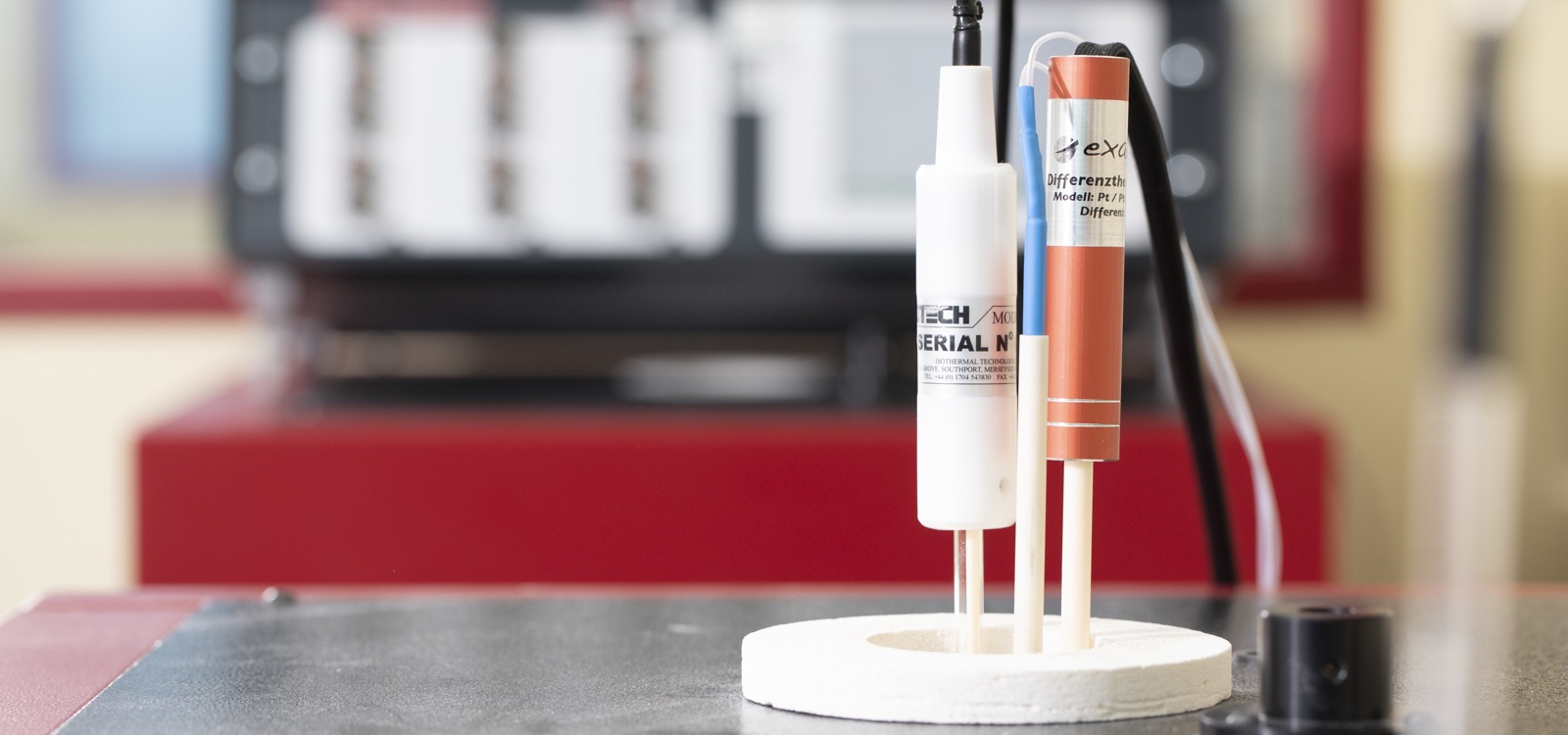
Thermocouples: Operation and Application
Thermocouples are thermometers that are widely used in industrial temperature measurement. They are particularly useful for measuring high temperatures. But how do thermocouples work? How can you measure temperatures with two simple wires? The key to understanding is in the Seebeck effect. Background on thermocouples The Seebeck effect, first described by Thomas Johann Seebeck in…
-
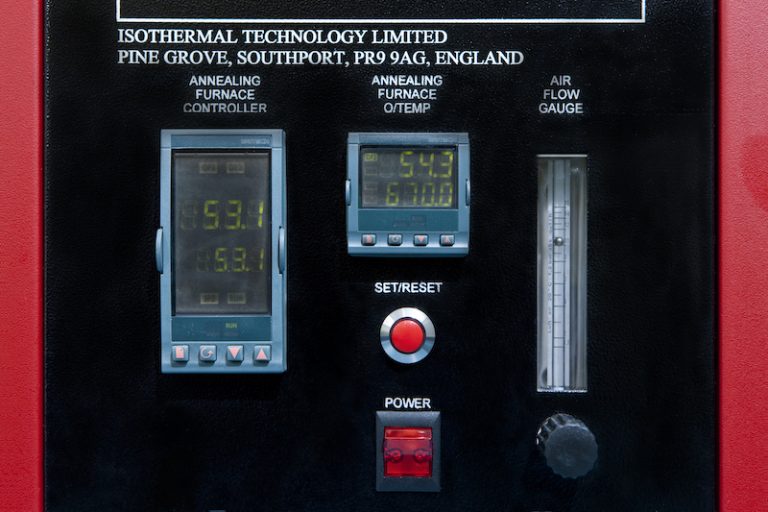
Thermometer stabilization
The key to thermometer stability: controlled annealing In the dynamic field of temperature measurement, an effective method of increasing the precision and lifetime of thermometers has become established: the stabilization of thermometers through controlled annealing. Klasmeier’s DAkkS (ISO/IEC 17025) calibration laboratory uses a wide range of temperature probes, including standard thermometers, reference thermometers, SPRTs, HTPRTs,…
-
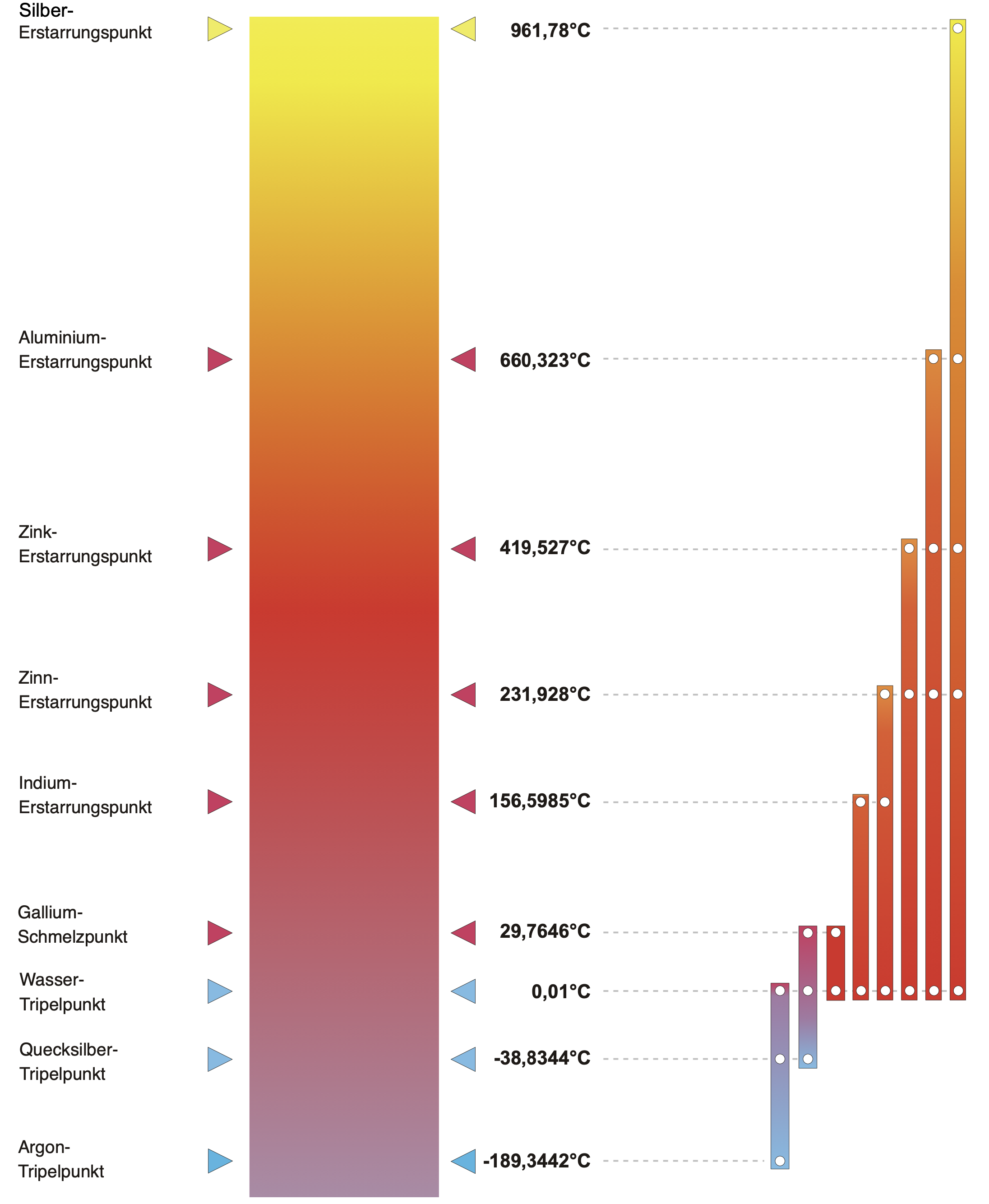
The International Temperature Scale from 1990 (ITS-90)
The International Temperature Scale of 1990 (ITS-90) is a word wide recognized temperature scale introduced by the International Committee for Weights and Measures (CIPM). It serves as a global standard for precise temperature measurements and is based on the concept of thermodynamic temperature. The ITS-90 is a revised version of the previous International Practical Temperature…
-
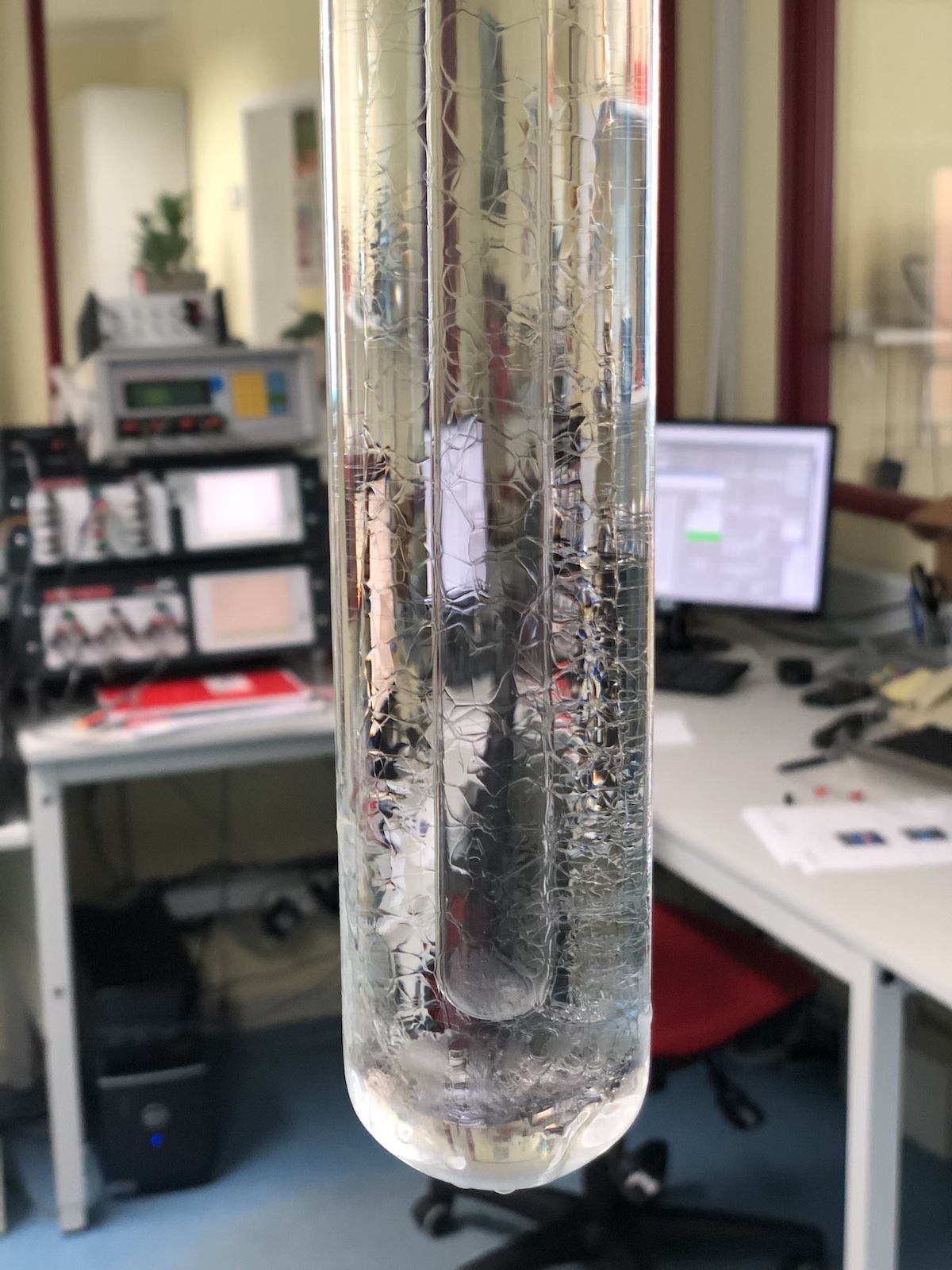
Triple Point of Water
The water triple point is a special condition where water exists in the three states of physical aggregation (solid, liquid and gas) simultaneously and in thermodynamic equilibrium. The water triple point is an important reference temperature for the calibration of temperature sensors and thermometers. Basic knowledge The water triple point appears at a certain pressure,…
